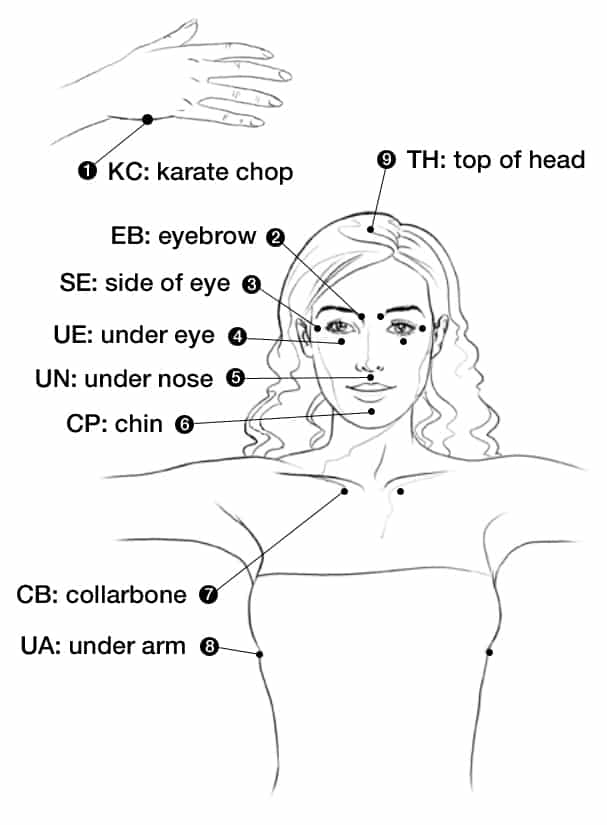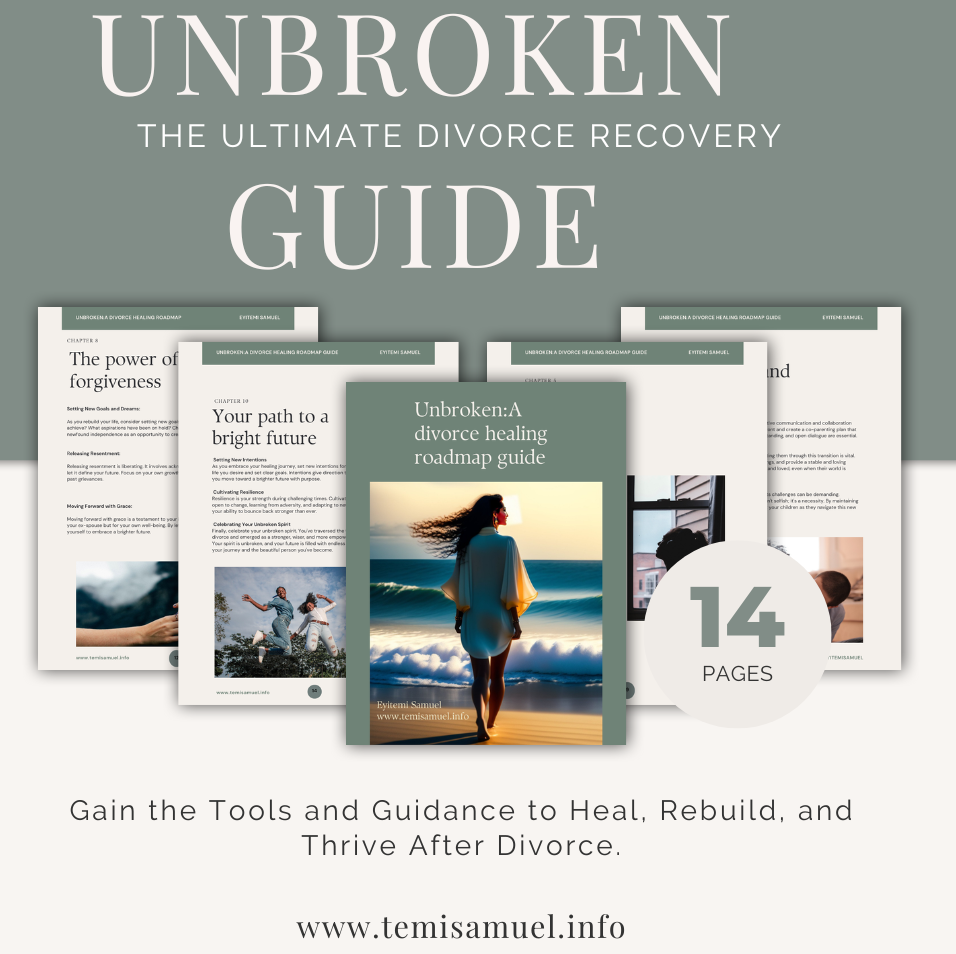Between school, work, social media pressure, and adulting, stress and anxiety are at all-time highs in modern life. But what if you could calm your mind and emotions, just your fingertips? Take a look at EFT tapping, a healing technique that’s been making waves across TikTok and wellness circles.
This technique focuses on tapping the meridian points of the body to relieve negative experience or emotion. It’s easy, effective, and totally DIY.
So let’s dive into what is EFT tapping really like, how it works, and why it’s become a go-to method for managing stress.
What Is EFT Tapping?
EFT (Emotional Freedom Techniques), also called tapping, is a holistic practice that combines ancient Chinese acupressure with modern psychology. It involves tapping on specific points on your body, called EFT tapping points, while focusing on emotional issues or physical pain.

Think of it as acupuncture without needles, and with a mental health twist. The goal? To balance your body’s energy system and reduce emotional distress.
Read More Here: 7 Foods That Make You Happy And Chase Away The Blues
EFT Tapping Points You Should Know
EFT works by gently tapping on nine key meridian points on your body. Here’s a quick list of the most common tapping points:
- Side of the hand (karate chop point)
- Eyebrow
- Side of the eye
- Under the eye
- Under the nose
- Chin
- Collarbone
- Under the arm
- Top of the head
When you’re stressed or anxious, your brain reacts like there’s danger, even if it’s just a presentation or a text you haven’t replied to. That reaction comes from your amygdala, which sounds the alarm and sends your body into panic mode.
EFT tapping helps you turn that alarm down. Here’s how:
- You tap specific points on your body, which are kind of like reset buttons connected to your energy system.
- While tapping, you say something like,
“Even though I’m feeling anxious, I deeply and completely accept myself.”
This might sound weird at first, but what you’re doing is:- Recognizing how you feel (you’re not denying it).
- Letting your brain know it’s safe to calm down.
By combining both the tapping (which tells your nervous system to chill) and the words (which help shift your mindset), your brain gets a new message:
“This isn’t a threat. I can feel this and still be okay.”
Over time, this process helps break the link between triggers (like social anxiety, fear of failure, or negative memories) and your emotional reaction. It’s like updating old software in your emotional hard drive.
EFT Tapping for Anxiety: How It Helps
Anxiety isn’t just in your head, it’s in your body. EFT tapping helps release the emotional intensity tied to anxious thoughts, calming your nervous system and reducing cortisol (your stress hormone).
Here’s how EFT tapping for anxiety might look in action:
- Step 1: Rate your anxiety on a scale of 0 to 10.
- Step 2: Identify the emotion and create a setup statement.
Example: “Even though I feel anxious about this presentation, I accept myself anyway.” - Step 3: Start tapping each point in sequence while repeating reminder phrases.
(“This anxiety… this tension in my chest… I’m open to feeling calm.”) - Step 4: Take a deep breath and re-rate your anxiety level.
Repeat as needed until your stress level drops.
Read More Here: Lost Your Train Of Thought Again? 7 Japanese Memory Techniques To Supercharge Brainpower
Are The Emotional Freedom Techniques for You?
If you’re into self-growth, energy healing, or just looking for tools that actually help manage stress, EFT tapping is worth exploring. It’s free, non-invasive, and you can do it anytime, between Zoom calls, before a date, or even on your lunch break.
Frequently Asked Questions (FAQs)
Does eft tapping really work?
According to some research EFT tapping can be effective for reducing stress, anxiety, and even some physical pain. It’s worth a try, but it’s not a substitute for conventional therapy or medication.
What does eft tapping do?
EFT tapping is like acupuncture but without needles. This technique focuses on tapping the meridian points of the body to relieve negative experience or emotion.



